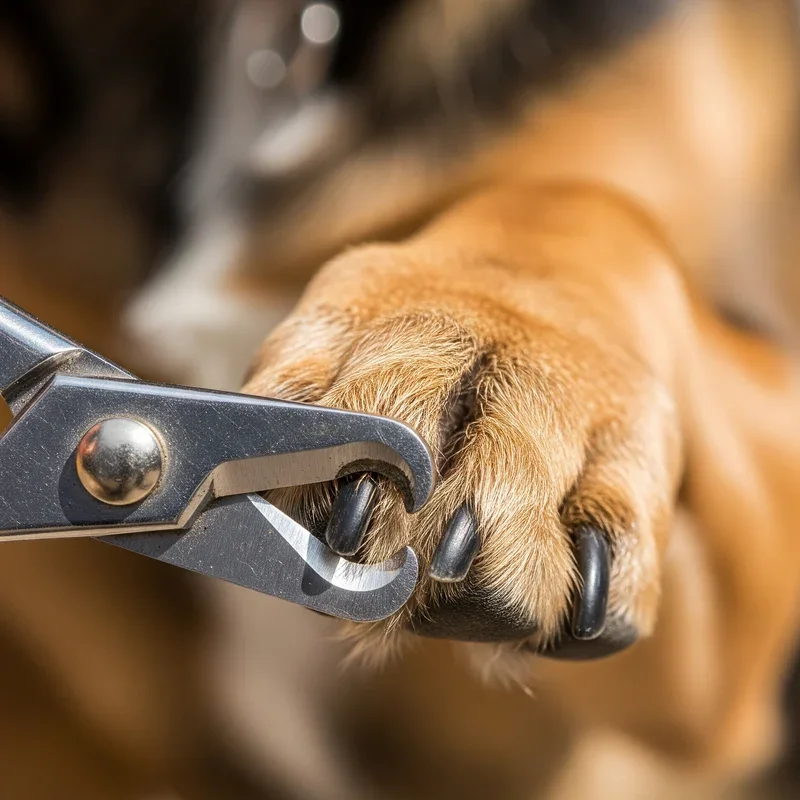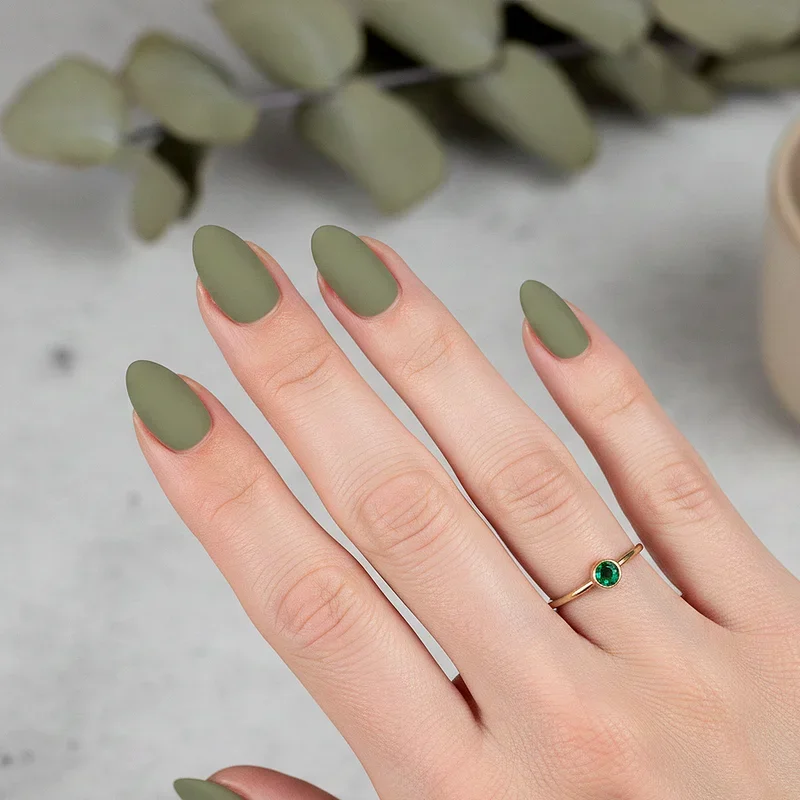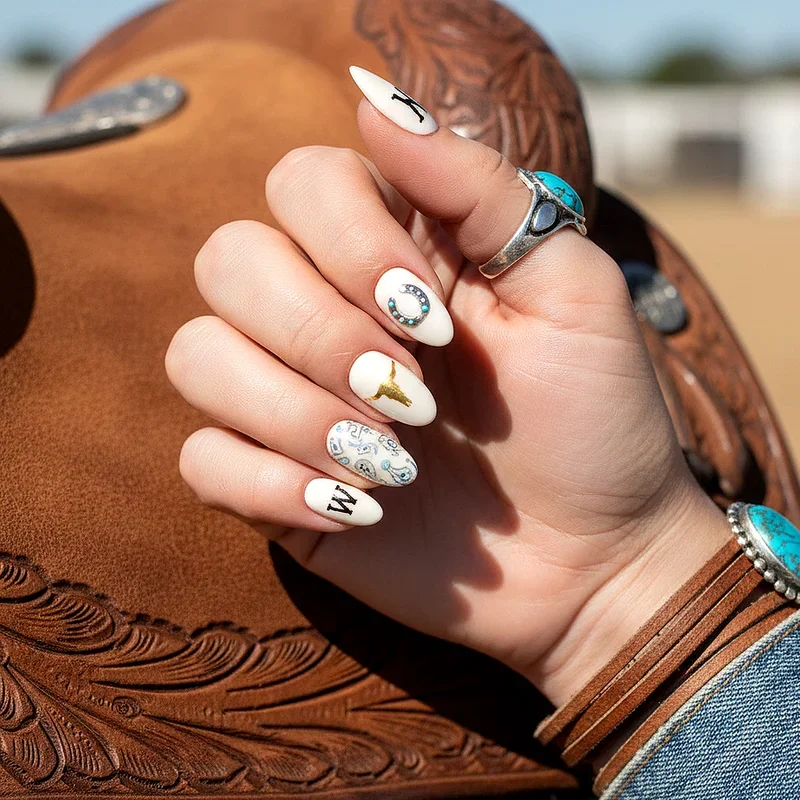How to Cut Dog Nails Safely Without Hurting Them
Learn how to cut dog nails safely without hurting them. Expert tips, step-by-step guide, and tools to make nail trimming stress-free for you and your pup!
Let's face it, cutting your dog's nails can feel like you're defusing a bomb while wearing oven mitts. One wrong move and you've got a yelping pup, a guilty conscience, and possibly a bloody mess on your hands. But here's the thing: nail trimming doesn't have to be the dreaded chore that sends both you and your furry friend into panic mode.
Whether you're a first-time dog parent who's terrified of that pink quick or a seasoned pro looking to refine your technique, you've come to the right place. We're about to dive deep into the art and science of canine nail care, and trust me, by the time you finish reading this guide, you'll feel like a professional groomer (well, almost).
The truth is, keeping your dog's nails properly trimmed isn't just about preventing those clickety-clack sounds on your hardwood floors. It's about your pup's health, comfort, and overall well-being. So grab a cup of coffee, get comfy, and let's turn this nail-trimming nightmare into a walk in the park!
Why Regular Nail Trimming Matters More Than You Think
Before we jump into the how-to, let's talk about the why. You know how uncomfortable it feels when your shoes don't fit right? Well, imagine that feeling times ten for your dog when their nails get too long.
Long nails don't just look unsightly; they can cause a whole host of problems:
Painful walking and altered gait
Joint stress and potential arthritis
Increased risk of nail splitting or breaking
Difficulty gaining traction on smooth surfaces
Potential for ingrown nails
When nails grow too long, they push your dog's toes up and back, creating an unnatural angle that affects their entire skeletal structure. It's like forcing them to walk on their tippy-toes all day long. Ouch!
Understanding Your Dog's Nail Anatomy
Alright, time for a quick anatomy lesson (don't worry, there won't be a test). Understanding what you're working with makes the whole process less intimidating.
The Quick and the Dead (Well, Not Really Dead)
Every dog nail has two main parts:
The nail itself: This is the hard, outer shell that you'll be trimming
The quick: The pink (or dark in black nails) blood supply running through the center
The quick is what strikes fear into the hearts of dog owners everywhere. Cut into it, and you'll have bleeding, pain, and one unhappy camper. But here's a secret: with the right technique and tools, avoiding the quick becomes second nature.
Different Nail Types, Different Challenges
Not all dog nails are created equal:
White/clear nails: These are the easy ones! You can see the pink quick clearly
Black nails: The trickier variety where the quick plays hide and seek
Dewclaws: Those weird thumb-like nails that don't touch the ground
Essential Tools for How to Cut Dog Nails Safely Without Hurting Them
Having the right tools is half the battle won. Here's what you'll need in your nail-trimming arsenal:
Must-Have Equipment
Quality nail clippers: Choose between guillotine-style or scissor-style based on your preference
Nail grinder/Dremel: For the finishing touches or nervous dogs
Styptic powder: Your emergency backup for minor bleeding
High-value treats: Because bribery works wonders
Good lighting: You can't trim what you can't see clearly
Nail file: For smoothing rough edges
Optional but Helpful Items
Non-slip mat for better grip
Calming spray or diffuser
Helper person (if your dog's particularly squirmy)
Magnifying glasses (for us folks with less-than-perfect vision)
Step-by-Step Guide: How to Cut Dog Nails Safely Without Hurting Them
Now for the main event! Let's break this down into manageable steps that'll have you trimming like a pro.
Step 1: Create a Calm Environment
First things first, you need to set the stage. Choose a quiet spot where your dog feels comfortable. Maybe it's their favorite corner of the living room or on their bed. The key is making them feel safe and relaxed.
Turn off the TV, put your phone on silent, and maybe play some soft music if that helps your pup chill out. Remember, dogs are emotional sponges; if you're nervous, they'll pick up on it faster than you can say "sit."
Step 2: Let Your Dog Get Comfortable
Don't just dive in with the clippers! Start by simply touching your dog's paws, giving them treats, and making it a positive experience. If they're new to this, you might spend several days just on this step, and that's totally fine.
Step 3: Examine Each Nail
Before making any cuts, look at each nail carefully. With clear nails, locate the pink quick and plan to cut well before it. With dark nails, you'll be taking tiny slices and watching for a small dark circle to appear in the center of the nail.
Step 4: Position Everything Properly
Hold your dog's paw firmly but gently. Place the clippers at a 45-degree angle, below the quick. If you're using a grinder, hold it at the same angle.
Step 5: Make the Cut
Here goes nothing! Make a swift, confident cut. If you're nervous about cutting too much, remember: it's always better to trim less and do it more frequently than to cut too much at once.
Step 6: Reward Immediately
The second you make that cut, shower your pup with praise and treats. You want them associating nail trims with good things, not just the weird sensation of having their nails clipped.
Step 7: Check Your Work
After each nail, check for any sharp edges and file them smooth if needed. A rough nail can catch on carpets and fabrics, potentially causing breaks.
Special Techniques for Anxious Dogs
Got a drama queen on your hands? Don't worry, we've all been there. Some dogs act like nail trimming is their personal apocalypse. Here are some tricks for the nervous nellies:
The Gradual Approach
Rome wasn't built in a day, and your anxious dog won't become a nail-trimming champion overnight. Try this:
Day 1-3: Just show them the clippers, give treats
Day 4-6: Touch their paws with the clippers, more treats
Day 7-9: Make the clipping sound near them (without actually trimming)
Day 10+: Attempt one nail, massive celebration
The Distraction Method
Sometimes the best offense is a good defense. Try these distraction techniques:
Smear peanut butter on a wall or lick mat
Have someone feed continuous treats
Use a puzzle toy filled with their favorite snacks
Time it right after vigorous exercise when they're tired
When Things Go Wrong: Dealing with the Quick
Okay, deep breath. Despite your best efforts, you've nicked the quick. Don't panic! This happens to the best of us, and your dog will forgive you (especially with enough treats).
Immediate Steps to Take
Stay calm: Your dog needs you to be the adult here
Apply styptic powder: Press it firmly against the bleeding nail
Hold pressure: Keep it there for 30-60 seconds
Comfort your dog: Soft voice, gentle pets, maybe a special treat
Take a break: Don't try to finish all the nails today
Preventing Future Quick Incidents
Invest in better lighting
Take smaller cuts
Consider switching to a grinder for dark nails
Keep the quick short by trimming more frequently
Alternative Methods: Beyond Traditional Clippers
Not every dog (or owner) does well with traditional clippers, and that's perfectly okay! Let's explore some alternatives:
Nail Grinders/Dremels
These electric tools gradually file down the nail instead of cutting. Pros include:
Less risk of cutting the quick
Smoother finish
Good for thick nails
Cons? They're noisy and create dust, which bothers some dogs.
Scratch Boards
This DIY method involves teaching your dog to file their own nails by scratching a sandpaper-covered board. It's great for front nails but doesn't work for back ones or dewclaws.
Professional Grooming
Sometimes, it's worth admitting defeat and calling in the pros. There's no shame in taking your dog to a groomer or vet for nail trims, especially if it saves everyone's sanity.
Creating a Positive Nail-Trimming Routine
The secret to stress-free nail trimming? Making it routine and positive. Here's how to build good habits:
Start Young
If you've got a puppy, you've hit the jackpot. Start handling their paws from day one, even if they don't need trimming yet.
Keep It Regular
Mark your calendar! Most dogs need nail trims every 3-4 weeks, but active dogs who walk on concrete might need them less often.
Make It Special
Reserve extra-special treats just for nail trimming time. We're talking the good stuff here: cheese, hot dogs, freeze-dried liver, whatever makes your dog's tail wag like crazy.
Troubleshooting Common Problems
Even with the best intentions, you might hit some snags. Let's troubleshoot:
"My Dog Won't Let Me Touch Their Paws"
Start slow with paw handling exercises during cuddle time. Touch briefly, treat, repeat. Gradually increase duration.
"The Nails Are Too Thick for My Clippers"
Time for an equipment upgrade! Large breed dogs need heavy-duty clippers. Consider guillotine-style for thickness.
"I Can't See the Quick in Black Nails"
Look for the small white dot in the center of the nail as you trim. When it starts to turn dark, stop cutting.
"My Dog Completely Freaks Out"
Consider anti-anxiety medication from your vet for severe cases. Sometimes, a little pharmaceutical help makes training possible.
The Perfect Finishing Touches
You've made it through the trimming! But we're not quite done yet. Here's how to wrap up:
File any rough edges: A few swipes with a nail file prevents snags
Check between the toes: Sometimes hair mats can hide there
Inspect the pads: While you're down there, check for cuts or foreign objects
End on a high note: Play time, walk, or special treat to cement positive association
Conclusion
There you have it, folks! You're now armed with everything you need to know about how to cut dog nails safely without hurting them. Remember, like any skill, it gets easier with practice. Be patient with yourself and your pup, celebrate small victories, and don't beat yourself up over minor setbacks. Your dog's health and comfort are worth the effort!
Read next: 15 Black Nail Ideas That Make a Stylish Statement
Frequently Asked Questions
Q1: How often should I trim my dog's nails?
A: Every 3-4 weeks for most dogs, more if inactive.
Q2: What if I make my dog's nail bleed?
A: Apply styptic powder, stay calm, and comfort your dog.
Q3: Can I use human nail clippers?
A: Only for tiny puppies; adult dogs need proper clippers.
Q4: Should I trim dewclaws too?
A: Yes! They don't wear down naturally and need trimming.
Q5: Is sedation ever necessary for nail trims?
A: For extremely anxious dogs, consult your vet about options.

































